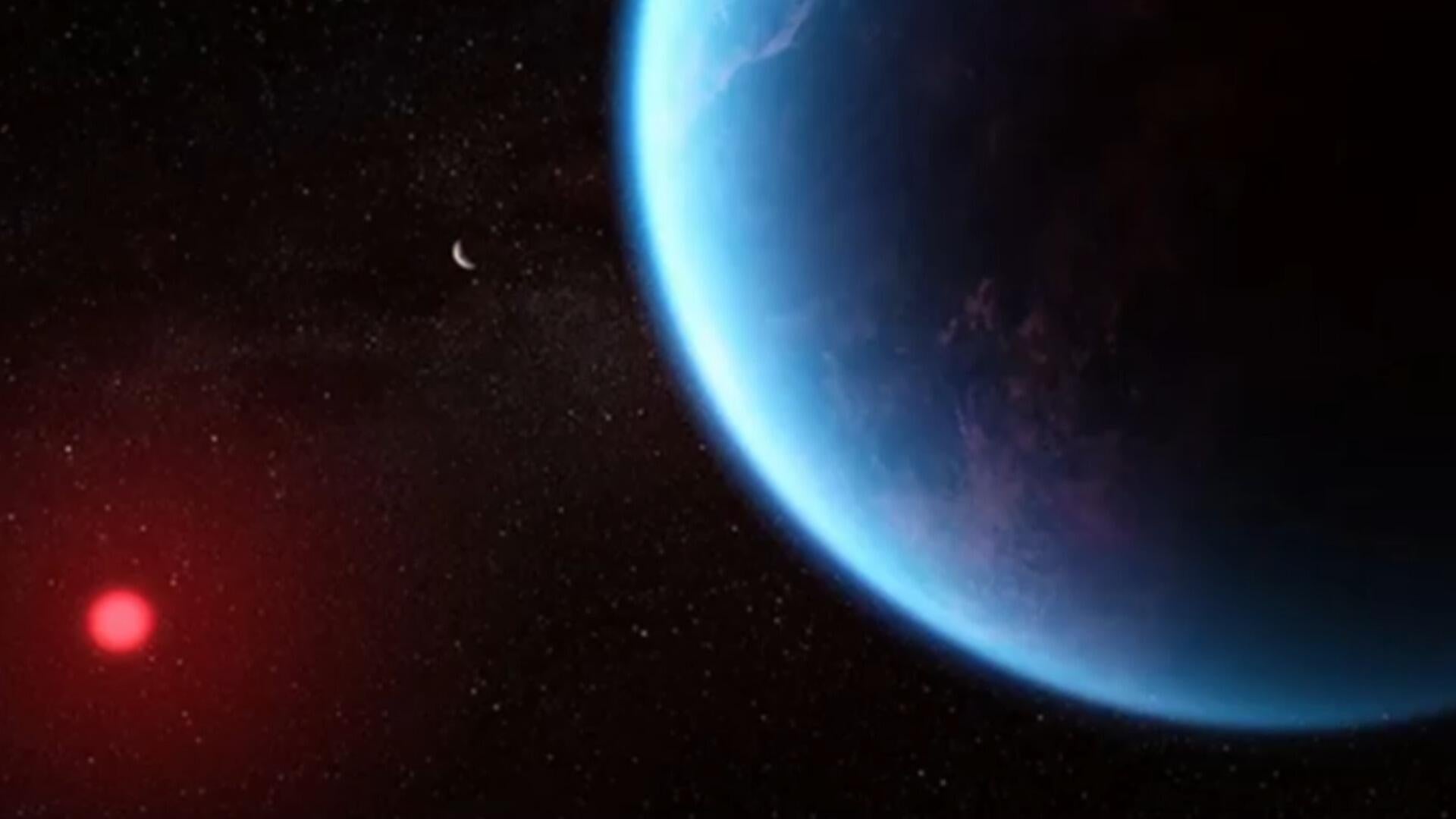Fluke discovery at planetarium leads to revelation about mysterious cosmic cloud: "It's kind of a freak accident"
Scientists have unlocked one of the solar system's many secrets from an unexpected source: a planetarium show.
At the American Museum of Natural History last fall, experts were hard at work preparing a deep dive into our home galaxy shaped by the movements of stars and other celestial objects.
They were fine-tuning a scene featuring what's known as the Oort Cloud, a region far beyond Pluto filled with icy relics from the solar system's formation. Comets can hurtle toward Earth from the cloud, but scientists have never glimpsed its true shape.
One evening while watching the Oort Cloud scene, scientists noticed something strange projected onto the planetarium's dome.
"Why is there a spiral there?" said Jackie Faherty, an astrophysicist who leads the museum's educational programs and helped put together the planetarium show.
The inner section of the Oort Cloud, made of billions of comets, resembled a bar with two waving arms, similar to the shape of our Milky Way galaxy.
Scientists had long thought the Oort Cloud was shaped like a sphere or flattened shell, warped by the push and pull of other planets and the Milky Way itself. The planetarium show hinted that a more complex shape could lie inside.
The museum contacted the researcher who provided the Oort Cloud data for the show, who was also surprised to see the spiral.
"It's kind of a freak accident that it actually happened," said David Nesvorny with the Southwest Research Institute.
Realizing they'd stumbled on something new, the researchers earlier this year in The Astrophysical Journal.
The spiral is "a striking shift in our understanding of the outer solar system," planetary scientist Andre Izidoro with Rice University, who was not involved with the study, said in an email.
The discovery, relying on data on how celestial objects move and using simulations, will be difficult to confirm with observations. But knowing more about the orbits of distant comets could give scientists some clues, Izidoro said.
While putting together the planetarium show, the museum's experts weren't expecting a window into the universe's inner workings. The show features many vivid scenes that may capture audiences more than the Oort Cloud, said the museum's Jon Parker, including an ongoing merge of the Sagittarius mini galaxy with the Milky Way.
No matter how striking and beautiful the visuals of the show, the museum was committed to making it scientifically accurate. That's what created the perfect conditions to stumble upon something new, said the museum's Carter Emmart.
"You just never know what you're going to find," Emmart said.
According to the planetarium, "Encounters in the Milky Way" — narrated by actor Pedro Pascal — is a "a time-traveling journey about the cosmic movements that shape our galactic neighborhood."
The film, a collaboration of astronomers and science visualization experts, pulls from data from the European Space Agency's . The mission is called the "billion-star survey" as it aims to map the precise positions and motions of nearly 2 billion stars in our galaxy.
The show opens to the public on Monday.





